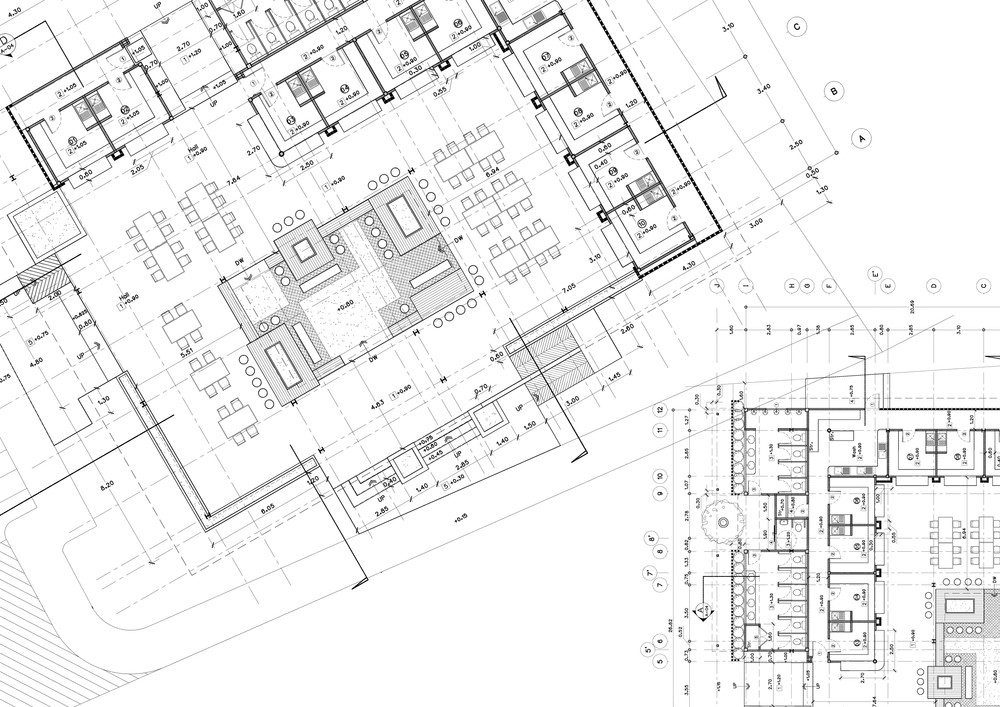Creating a service plan to document both the front interactions with customers and the behind-the-scenes work required to realize the service is time well spent before construction or redesign begins.It could function as an initial proposal at first, and you can give it more and more substance as you prototype concepts.
In this blog, we’ll discuss the benefit of blueprints:
- Share the Broader Picture.
The term architecture blueprinting refers to a schematic that lays out every step of the service’s distribution, from the front to the back and from one channel to the next.It’s an effective tool that reveals both the user experience’s big picture and the underlying workings’ nitty-gritty.
Having a common vision and reference point for the entire service facilitates better communication between teams working on different parts of it. Teams may then work together to address any concerns about the more extensive offering, choose their next steps, identify areas where they can learn from one another, and eliminate any unnecessary repetition of effort.
- Assist In Determining and Clarifying Priorities.
A well-maintained blueprinting in Seattle may be quite helpful in clarifying how to divide resources across a service and directing a team in the proper way. By outlining the entire service and its components, a team may see where they are lacking and where they can save time by focusing on the big picture rather than the little things. Putting tasks in this order using the blueprint is efficient.
Including qualitative and quantitative data in the service’s prototype and testing phases can improve results. The teams may see a heatmap of where they completed research and where users struggle with various aspects of the service by mapping user insights from different pieces of work against the blueprint. The gathered data can help the team determine which sections of the service require greater attention throughout the iteration process. This method clearly displays design goals in response to identified problems.
If the team incorporates the blueprint into their regular planning practices, it might be a persuasive argument for abandoning, restarting, or extending the project. It can help people have honest dialogues about how much work remains and whether or not the service team needs extra resources to provide the service on time. Stakeholders may benefit from this since it clarifies the rationale behind developing a given feature or transaction.
- Maintain concentration by zooming in and out!
Teams creating parts of a service may use a blueprint to step back and look at the big picture if they’ve become bogged down in the details.If they are having trouble coming up with a solution, this is a helpful reminder of the bigger-picture problem they are working to address. This might encourage a group to start from scratch instead of making minor adjustments to their current process.
When developing a service, the service blueprint becomes a crucial artifact that facilitates teams’ ability to zoom in and out, preventing any essential details from being overlooked.
Conclusion
Creating a service blueprint is worthwhile, but it will take time and energy to keep it up to date.At Seattle Design & Print, we appreciate the value you place on your time and money. That’s why we work so hard to give your projects a polished appearance. Our Seattle printing services provide you with a competitive edge in the marketplace. Many have succeeded with our designs in bringing their ideas to life; now it’s your chance.



